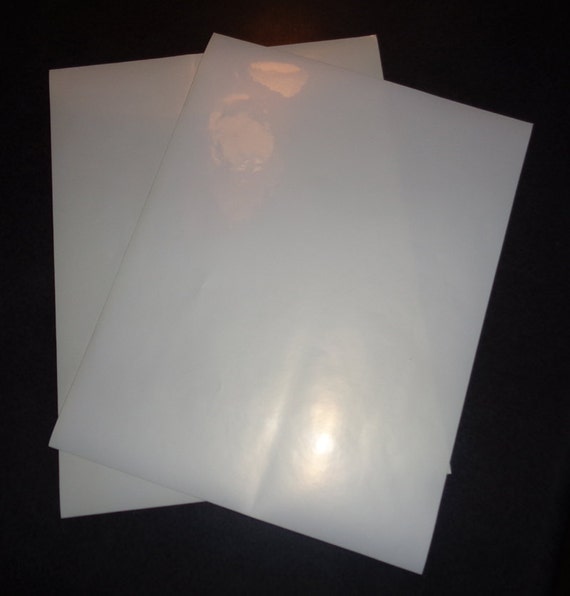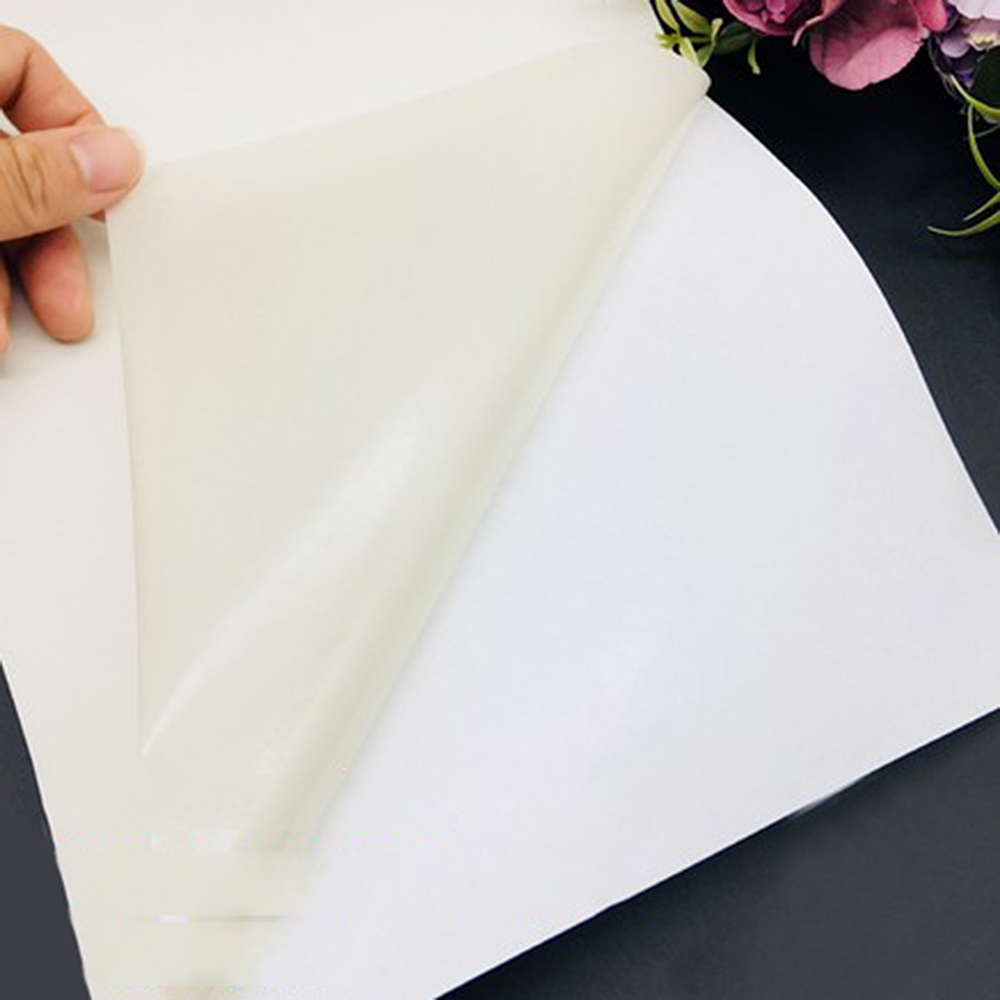

Why am I Having a Hard Time Keeping My Paper Tray In? This type of sheet takes longer to absorb, so it’s best to keep them printing separate. You need to make sure that your vellum or laser paper sheets are in a horizontal position and extra sheets will not land on top of your previous sheet.

Most inkjet printers have quality settings like “draft”, “fast”, “best” or “highest quality.” By choosing a high quality, your printer is more likely to lay down more ink, which can slow down the print head. Step 3: Next, you will need to find the color management section inside the print setup dialog box. Some printers actually include a “vellum” options but it’s not always recommended for screen printing vellum and can actually be presented for a wide arrangement of products. You’ll want to avoid ink running at all cost, and options like “rough cardstock” and “plain paper” can usually combat it. Vellum is traditionally not an absorbent type of paper, but you’ll need to lay down a good amount of ink so that the printer can figure out how much ink to deposit.ĭuring this step, you’ll probably be experimenting through different options to find the best paper choice. In order to print on vellum for an ink-jet printer, you will need to choose an absorbent paper type. You’ll find these options on a drop-down list. Step 2: Inside the dialog box, you’ll need to look for a list of paper types that your printer supports. Now you’ll look for the paper parameters to guide you through the next few steps. Step 1: Similar to the laser printer, you’ll first open the printer setup dialog box. Most printers overestimate how much opacity is actually needed for their vellum. Ink-jet technology uses liquids to create an image, and it can be hard to achieve an adequate opaque image if there are not enough solids in the dried image. Toning is when the unprinted areas of your print become gray due to excessive toner.Ī common problem with ink-jet printers and vellum comes from opacity. They will be the determining factors in how dark your printer can be set before toning occurs.

If you see anything like, “brightness”, “contrast”, or “saturation” you can experiment with these different controls. Step 3: Now that you’re almost done, all you have to do is look for a print quality area in the print setup dialog box.

You should usually avoid the “transparency” option because it will probably have a cool setting and you don’t want this for your printing job.
Translucent paper for inkjet printers trial#
Usually a few keywords you’ll see are “thick”, “cardstock” or possibly, “rough.” It may take a few trial and error runs to get it just right. You can usually find this around a top-down menu, and you’ll need to choose the thickest or most heat-resistant setting available. Step 2: Next, you should look for the “paper types” that your printer has. This dialog section will be different for every program and computer, so you’ll need to figure out where you can make this adjustment. Step 1 : When you are getting ready to print and you’ve opened the printer setup dialog, look for a section where you can choose the paper parameters. The portion of the laser printer that heats is called the fuser, and most modern printers have fusers that can be adjusted. Not sure what melding is? This is when the toner becomes hot and melts, causing toner particles to stick to whatever your printing on causing an opaque design. When using vellum in a laser printer, you must be careful with the toner melding on the page.


 0 kommentar(er)
0 kommentar(er)
